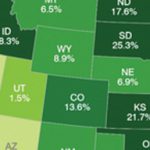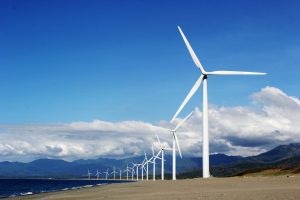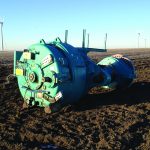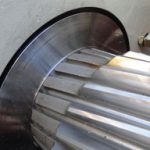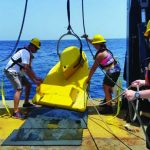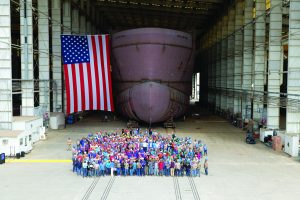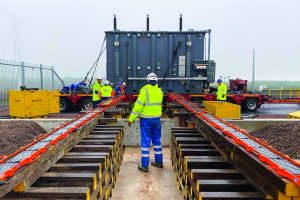To many in rural communities, clean energy means a clean slate. Here it’s no secret that environmental considerations take a back seat to the enthusiasm surrounding new opportunities for employment. Even the potential for lower electricity rates can’t bump “job creation” from the headlines.
Statistics support the sentiment. Nationally the wind industry drives a domestic manufacturing supply chain of more than 560 facilities across 43 states and supports more than 50,000 jobs. States such as Kansas boast over 4,000 good-paying positions tied to wind energy. Taxable values on personal property have increased by as much as 15 percent per year in places like Huron County, Michigan, allowing local governments to hire new workers and improve job-creating infrastructure.
But the picture isn’t rosy everywhere. Though the economy has added jobs each month since March of 2010, the vast majority of this improvement has taken place in metropolitan counties. When it comes to job creation, our rural areas are being left behind.
Seven years after the early days of the Great Recession rural counties are struggling to keep pace with their urban counterparts. Right now there are 348,000 fewer jobs in rural counties than there were in 2007. There are 440,000 fewer jobs in counties with small towns today than in 2007. Meanwhile, urban counties have gained 765,000 jobs over the same period.
If these job totals are any indication, a full 73 of Nebraska’s 93 counties have yet to recover from the Great Recession. One of these is Burt County, home to the Center for Rural Affairs.
The median income for a household in Burt County is $33,954. The average salary for a female in our county totals $20,644. Almost 9 percent of the local population lives below the poverty line.
Burt County is also home to a proposed community wind project that has spent the past five years trying and failing to secure a power purchase agreement from the Nebraska Public Power District, the state’s largest utility.
An 80 MW wind facility takes one year to build. During this time 376 new construction jobs will be added. In Nebraska, the average salary for these jobs is $46,037, leading to total earnings of $17.3 million. This translates to $28.68 million in local spending into the local community economy, creating countless jobs along the way.
It’s estimated that this facility will be in operation for a 20-year period. This leads to 14 additional jobs, with an average wage of $47,143 per year. This encourages $1.07 million in spending into the local economy. A total of $1.84 million is made in earnings due to the direct jobs created and associated earnings, plus the indirect economic benefits from the local spending taking place.
Burt County isn’t a unique example. Hundreds of rural counties throughout the Central United States could benefit dramatically from a commitment by their local utility to invest in an energy source that keeps money in the community and the transmission infrastructure required to move this energy from where it’s produced to where it’s needed most.
The wind industry has grown dramatically over the past seven years. Prices have fallen by 43 percent in the past four, and continue to trend downward. Six states meet more than 15 percent of their energy needs using wind. Independent system operators such as the Southwest Power Pool have set new generation records, exceeding 30 percent. Utilities are setting new records as well, such as Xcel energy which managed to use wind for over 60 percent of its needs at this time last year.
Industry growth may be impressive, we still have a long way to go. It’s important that we not rest on our laurels. Small towns throughout America are struggling to offer the kind of good paying, middle classes jobs that are needed to keep our social fabric strong. Wind energy offers a solution that capitalizes on the renewable natural resources found right in our own back yards.
An investment in wind energy is an investment in our community, and in the future of rural America.
|
|
www.cfra.org |
|
/ruralaffairs |
|
@cfra |

















